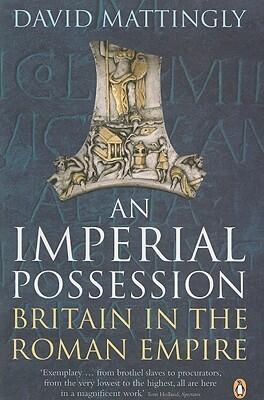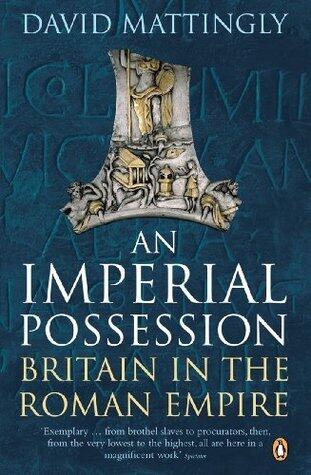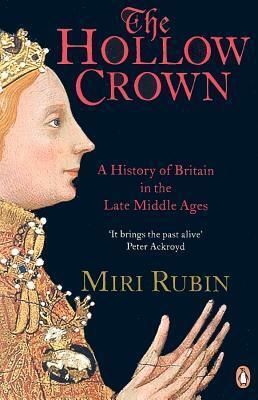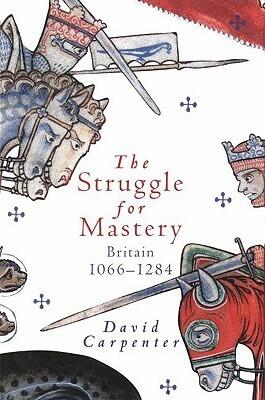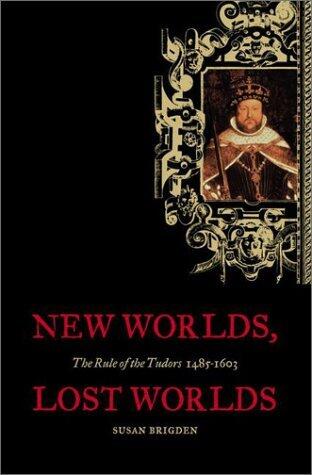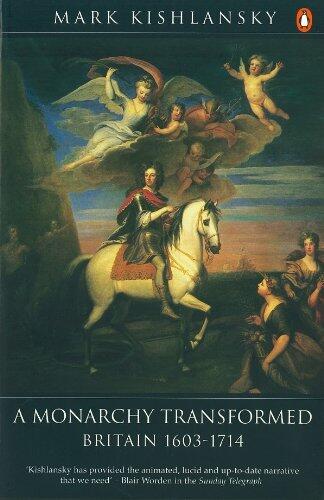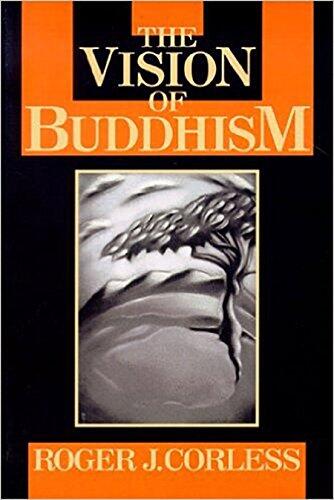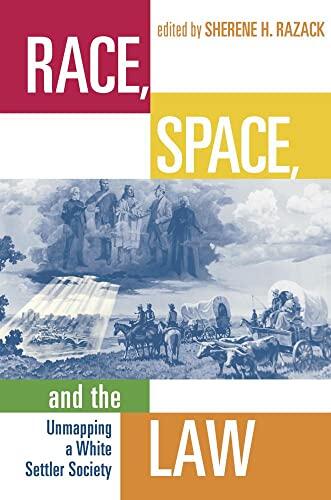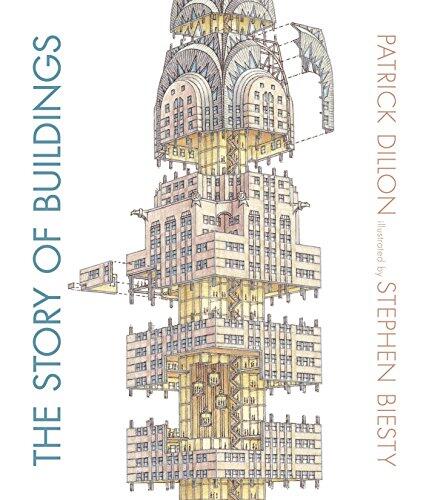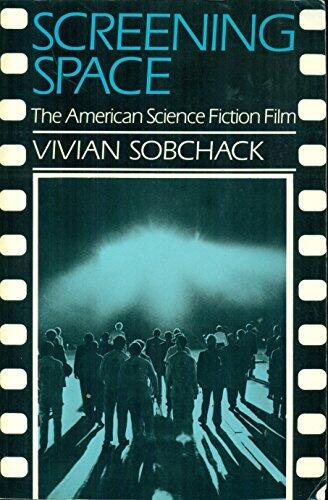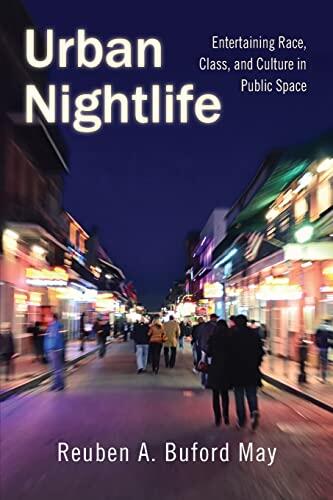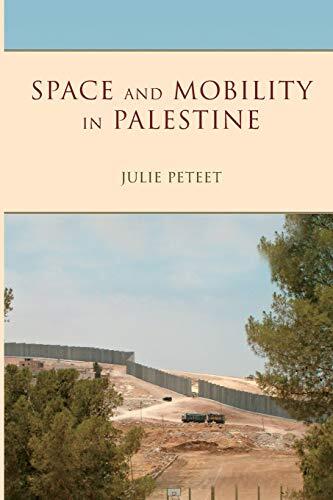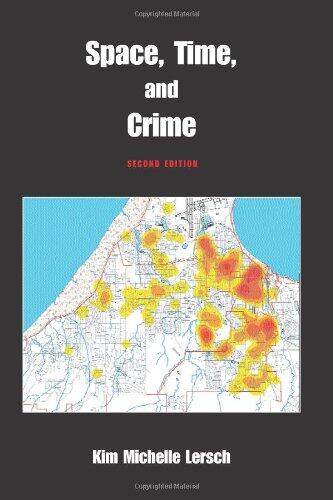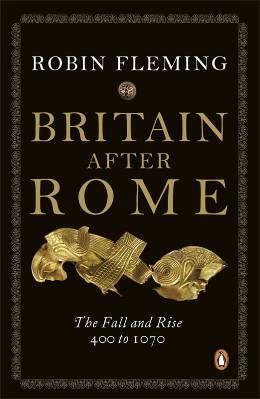
Britain After Rome: The Fall and Rise, 400-1070
还没有评分
History
格式
精装书
页数
480
语言
英语
已发布
May 4, 2011
出版商
Penguin Global
ISBN-10
0713990643
ISBN-13
9780713990645
描述
In the wake of the Roman Empire's decline, Britain underwent a profound transformation that shaped its cultural and political landscape for centuries. The author delves into this period of turmoil and renewal, exploring the intricate dynamics between the remnants of Roman civilization and the emerging Anglo-Saxon identity. Spanning from 400 to 1070, the narrative weaves through the social, economic, and spiritual threads that defined a nation in flux.
Fleming brings to life the vivid imagery of everyday Britain as its people grappled with the legacies of Rome while forging new paths amidst invasions, migrations, and conflicts. Readers are invited to discover the resilience of communities that adapted to changing circumstances, giving rise to vibrant local cultures and intricate trade networks. The interplay of art, religion, and politics during this era reveals a tapestry rich with competing ideologies and burgeoning identities.
The exceptional discoveries, like the Staffordshire hoard, serve as pivotal touchpoints throughout the exploration, illuminating the material culture of the time. Each artifact tells a story, connecting the present to an ancient past that continues to influence modern Britain. The thorough examination of archaeological finds and historical records underscores the importance of these tangible links to understanding how societies rebuilt and redefined themselves after such monumental change.
Ultimately, the account challenges conventional narratives of decline and fall, shedding light on the resilience and adaptability of the Britons during a critical turning point in history. It provokes reflection on how the echoes of this tumultuous era still resonate today, inviting readers to appreciate the complexity and richness of a landscape reborn.
Fleming brings to life the vivid imagery of everyday Britain as its people grappled with the legacies of Rome while forging new paths amidst invasions, migrations, and conflicts. Readers are invited to discover the resilience of communities that adapted to changing circumstances, giving rise to vibrant local cultures and intricate trade networks. The interplay of art, religion, and politics during this era reveals a tapestry rich with competing ideologies and burgeoning identities.
The exceptional discoveries, like the Staffordshire hoard, serve as pivotal touchpoints throughout the exploration, illuminating the material culture of the time. Each artifact tells a story, connecting the present to an ancient past that continues to influence modern Britain. The thorough examination of archaeological finds and historical records underscores the importance of these tangible links to understanding how societies rebuilt and redefined themselves after such monumental change.
Ultimately, the account challenges conventional narratives of decline and fall, shedding light on the resilience and adaptability of the Britons during a critical turning point in history. It provokes reflection on how the echoes of this tumultuous era still resonate today, inviting readers to appreciate the complexity and richness of a landscape reborn.

